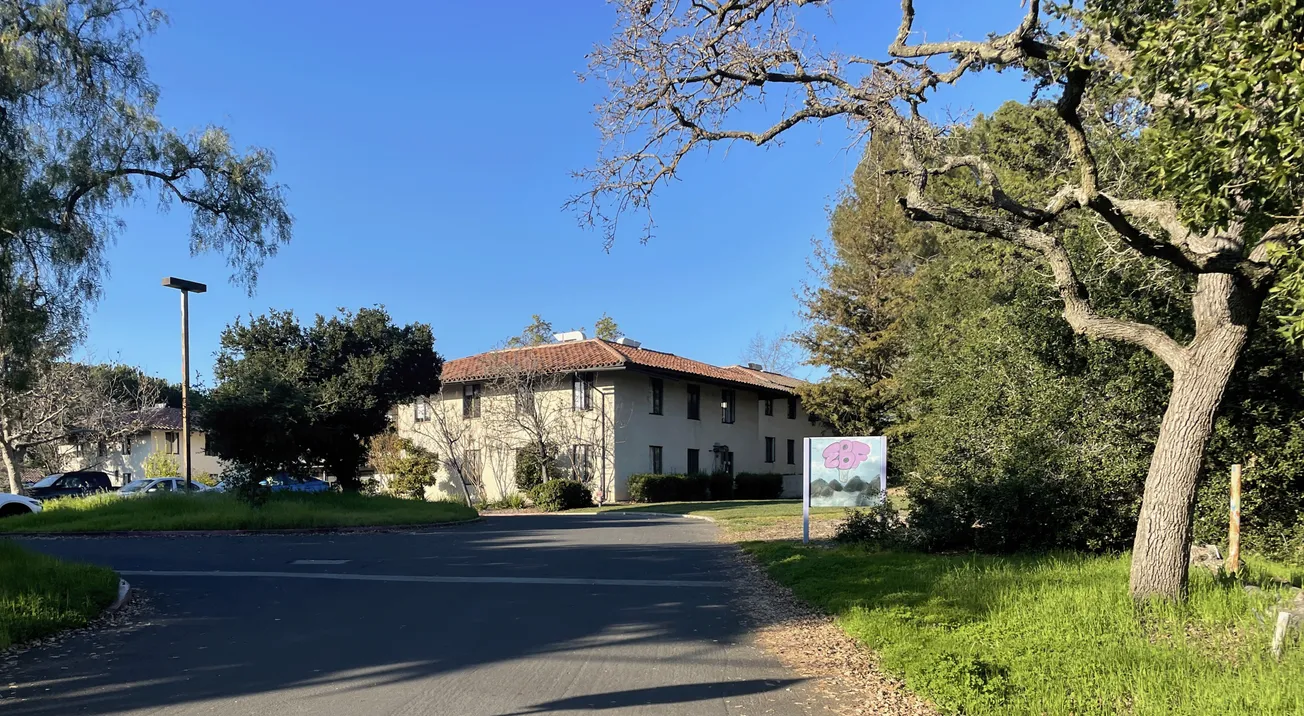Table of Contents
Stanford’s bureaucracy has snowballed out of control. Accompanying the increase in university administrators, tuition has risen, student traditions from Full Moon on the Quad to the Stanford Band have been strangled, and accountability in the bureaucracy has decreased. Perhaps most egregiously, over the past few months, FoHo exposed corruption within Stanford’s Office of Community Standards (OCS), charged with implementing the Honor Code and Fundamental Standard.
We should be enraged that the office responsible for enforcing students’ moral standards cannot even follow basic ethics. Only through the investigative reporting of an anonymous newspaper did we learn the full scope of its bureaucratic incompetence: the office has operated without a director for almost a year, and its entire staff vanished at the end of last August, even while it was embroiled in multiple campus probes. The OCS’s investigation of a student’s concussion at “Blood Bath,” a Sigma Nu–Alpha Phi event, was laden with medical privacy violations and poor evidentiary standards.
Though the FoHo’s assiduous coverage of these events was admirable, it raises a much larger question: who is charged with holding the OCS accountable for its hiring and investigative mishaps? The answer is not clear. The recent OCS debacle reveals a much more worrying trend: the rise of an unaccountable, ballooning university bureaucracy that threatens Stanford’s academic commitment to teaching and learning.
Unknown to most Stanford students, the OCS is only one out of the 25 offices that comprise the Student Affairs division of the Office of the Provost. This office, which oversees the university’s academic program and is headed by Persis Drell, has over thirty deans, vice provosts, directors, and special assistants. Many of these positions were only recently established: the Vice Provost for Graduate Education was established in 2007, while the Vice Provost for Teaching and Learning was established in 2015. The Office of the Provost, however, is only one small part of administrative bureaucracy: others include the Stanford Alumni Association, Business Affairs, the Office of Development, and Land, Buildings & Real Estate. The web grows even more intricate as one moves down the bureaucratic ladder. For example, within the Office of the Provost, the VP for Student Affairs oversees six associate vice provosts (AVPs), in addition to its 25 offices.
Though administrative offices are obviously necessary for the university’s operation, their self-serving incentives should make us wary of their expansion. Unlike faculty, who gain prestige through quality teaching and innovative research, administrators move up the career ladder by expanding bureaucracy. In other words, an administrator’s status is proportional to the number of administrators she manages and the scale of her programs. Thus, it is predictable to assume that administrators within the Office of the Vice Provost for Lands, Buildings, and Real Estate are incentivized to aggressively lobby for construction projects to justify their office’s expansion (despite threatening low-income residents in Redwood City in the process), while the Stanford Alumni Association pushes for more funding for lavish reunions and other events.
Many of these positions are simply gratuitous. There is no reason why the Office of Alcohol and Policy Education needs its own associate dean, assistant director, operations manager, and assistant dean, nor is it necessary for Students & Activities Leadership (SAL), whose ambiguous mission is to “help students find community and foster passions,” needs four professional staff members in addition to its five peer advisors. Calls for diversity and inclusion have led to the creation of an independent Medical School staffing position whose sole purpose is to monitor “microaggressions” and “implicit bias.” These offices have no incentive to streamline themselves, instead aiming to increase their influence within the university regardless of their effect on students.
Unfortunately Stanford’s bloated bureaucracy is part of an unsettling nationwide trend. Expenditures for non-academic administrative and professional employees have doubled at US colleges in the past 25 years, vastly outpacing the growth in the number of students and faculty. According to the Department of Education, administrative positions have grown by 60% between 1993 and 2009, ten times the rate of growth of tenured faculty positions. Private schools are more guilty than their public school contemporaries; there are now 2.5 non-academic employees for every full-time tenure-track faculty member at private institutions, which exceeds the 2:1 ratio at public universities. A proliferation of associates and assistants, marketers and managers, now outnumber faculty and TAs.
Given the ease of justifying increased funding and hiring for any administrative division at Stanford, isolating particular examples of administrative excess is difficult and often anecdotal. The construction of a massive office building on 408 Panama Mall in 2015 feels unreasonable, but was likely construed as necessary. Yet the fact that no Stanford undergraduate knows of this glitzy building’s function despite its central location reveals something far more worrying: that students are completely oblivious to the operation and expansion of the administrative bureaucracy.
Hiring hundreds of diversity officers, student group regulators, and alcohol policemen is not only a sad waste of money, but it also threatens teaching and learning at Stanford. Administrators do not view education and knowledge-generation as ends in themselves (as Benjamin Ginsburg notes in his book The Fall of Faculty) but merely as means to satisfy “customers,” be they students, private donors, or government. The race for bureaucratic expansion has also ensnared faculty members. Once focused on producing quality research, they now also gain prestige through their involvement in committees and administrative positions, further weakening Stanford’s commitment to teaching and learning.
Stanford’s unassuming army of administrators are surprisingly dangerous: they drain funds, strangle student culture, and harm our education. The threat is not the fault of any one administrator: it would be ludicrous to argue that Provost Drell is intentionally shifting resources away from the classroom and towards OAE. Instead, the fault belongs with the incentive structures of competing administrative offices who win prestige through more employees and more programs, regardless of skyrocketing costs. Stanford would do well to model Cornell in establishing a working group of faculty to eliminate red tape. If the Farm is to remain committed to producing research and teaching students, it must cut its cancerous bureaucracy. While Stanford likes to contrast its own culture of innovation with the slowness of government, its administration is the government’s own mirror image.





